Dry Grinding Vs. Wet Ball Mill Grinding | Economy Ball Mill
About; Attritor Mill Barrel Rebuilds; Ball Mills. Ball Mill Options; Ball Mill Sizes; Grinding Media; Precious Metals; Pallet Machinery; Precast Molds; Testimonials
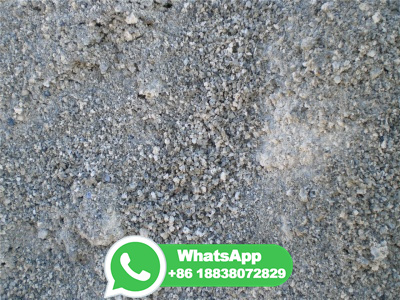
About; Attritor Mill Barrel Rebuilds; Ball Mills. Ball Mill Options; Ball Mill Sizes; Grinding Media; Precious Metals; Pallet Machinery; Precast Molds; Testimonials
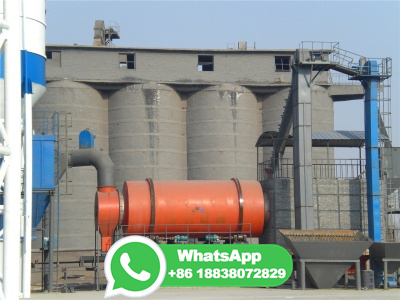
The dry ball mill requires that the materials must be dry and cannot contain water or other liquids. It is applicable to cement, building stones and other materials that will produce other substances when meeting water; The finished materials required to be stored and sold in the form of powder can also be dry ground; The wet ball mill requires ...
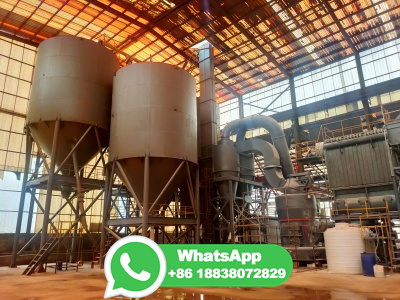
Kotake et al. (2011) reported that the median product particle size of a dry ball mill was four times coarser than the wet grinding products [16]. In general, the size distribution of particles from dry grinding is considerably broader than particles ground under wet conditions [10], [16], [17], [18]. In dry grinding, part of this higher EC may ...

The advantages Wet ball milling has over dry milling are higher energy efficiency, lower magnitude of excess enthalpy, better heat dissipation and absence of dust formation because of the aqueous environment it is being performed. Milling the powder in the wet or dry state produces different results.
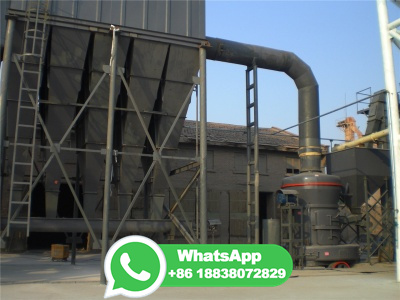
Mar 28, Fine Grinding and Granulation vs Wet Grinding and Spray Drying in differences between technological parameters and. difference betwwen wet milling and dry milling in brewary difference between wet and dry ball milling is difference between wet mill and dry grinding mills 1 Apr 2013 Grinding mill is a unit ...

particles. Media milling can be wet or dry, and is best for mixing, fine grinding, and achieving homogenization and dispersion. Wet Media Milling In wet media milling, the mill feed material is first dispersed in a carrier fluid to create a liquid slurry before going into the drum with the grinding media, where it is recirculated until the
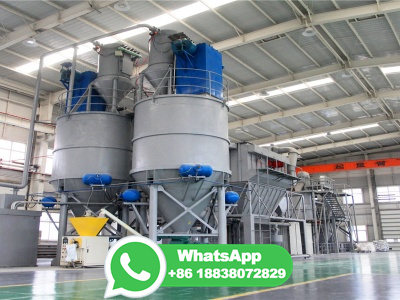
The difference between the two structures lies in that the discharge port of the dry ball mill is straight and equipped with an air induction device to discharge dust; the discharge port of the wet ball mill is hornshaped and has a builtin spiral device to facilitate the discharge of the material.
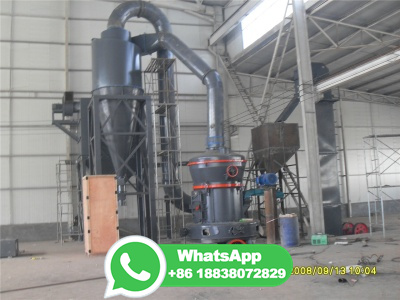
Fayyaz, A. et al. Effect of dry and wet ball milling process on critical powder loading and mixture properties of fine VC powder. Jurnal Teknologi 59, 13 (2012).
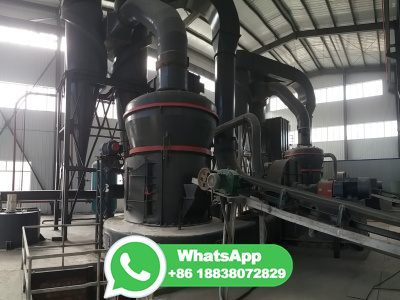
Yttriareinforced copper matrix composites were prepared by dry ball milling (DBM) and wet ball milling (WBM), respectively, followed by spark plasma sintering (SPS). It is to determine which milling process is better for fabricating CuY2O3 composites. It is found that CuY2O3 composites synthesized by DBM exhibit better densification, mechanical and electrical properties than those by ...
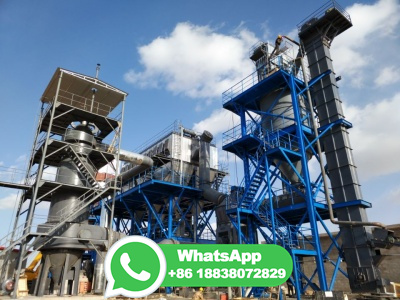
Dry grinding, as in a jet mill, uses a single pass process; material enters the mill, passes through, and is expelled, reduced in size. In contrast, wet grinding uses a process of recirculation. The slurry is exposed to the grinding media over and over, for hours if necessary, until the desired particle size is achieved.
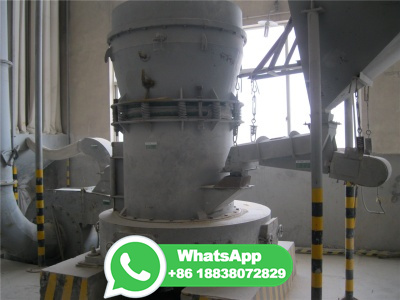
Difference Between Wet or a Dry Grinding Mill. The choice between wet or dry grinding is dependent upon the use of the product or the subsequent process. It is imperative to dry grind many materials because of physical or chemical changes which occur if water or a solution are added. ... Wet grinding ball mill in mining operation. Balls within ...
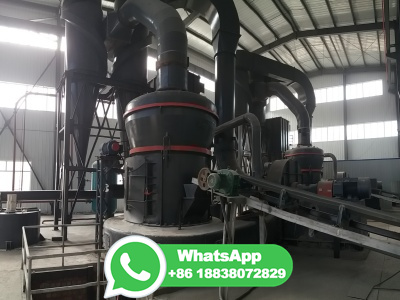
Wet processing, as the name suggests, involves the use of liquid, usually water, during the processing. This method creates a slurry or paste, depending on the consistency required. Key Features of Wet Ball Milling Process. Formation of Slurry: The primary difference between wet grinding and dry grinding is the formation of a slurry in the ...
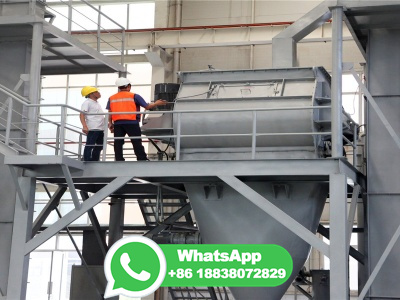
The vertical mill has high grinding efficiency and low energy consumption, and the power consumption is only 40%50% of the ball mill. 7. Finished product quality. Compared with the ball mill, the product of the vertical mill has a higher degree of homogenization and higher purity.
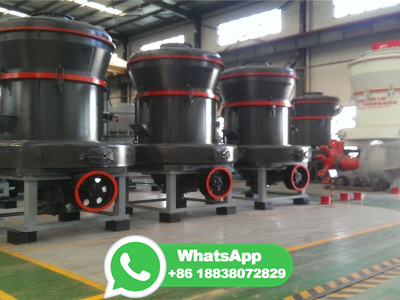
In terms of final particle size, wet ball milling is more suitable to reduce the particle size below 1 µm compared to dry ball milling . In addition, wet ball milling suppresses the role of surface forces and prevents the agglomeration tendency of fine particles to get narrow particle size distribution . Dry ball milling produces particles ...

The ore charge in the tests shown in table 18 would probably be small because the mill, which was 19 inches in diameter, had an 8inch discharge. Wet grinding gave 39 percent, more capacity and 26 percent more efficiency than dry grinding. These values supplement those shown in table 16.

Crushed ore is fed to the ball mill through the inlet; a scoop (small screw conveyor) ensures the feed is constant. For both wet and dry ball mills, the ball mill is charged to approximately 33% with balls (range 3045%). Pulp (crushed ore and water) fills another 15% of the drum's volume so that the total volume of the drum is 50% charged.
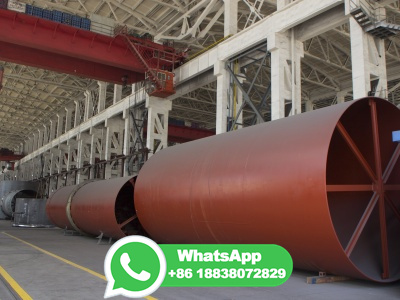
Wet autogenous mill is also called cascading autogenous mill. Its structure is shown in Fig. 3. Characteristics: (1) The cylinder has large diameter and short length, but its lengthdiameter ratio is greater than that of dry autogenous mill and usually (2) The end cover is conical, with cone angle 150 °.
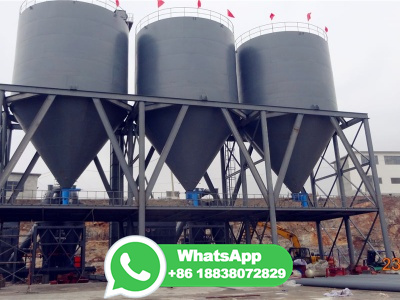
The wet ball mill has the following features: strong adaptability to materials, continuous production, large crushing ratio, easily fineness adjustment, high grinding efficiency, and low requirements for ore moisture content. In addition, the material transportation device is simple, so the investment is about 5%10% lower than dry ball mills.
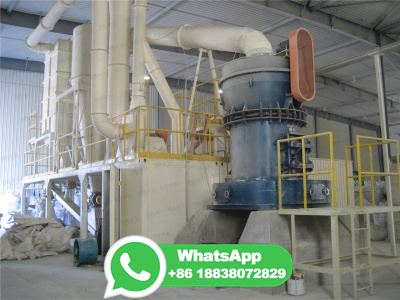
How to choose dry and wet ball mill. 1. Correctly choose the feeding way of dry grinding and wet grinding. Whether feed the material dry or wet depends entirely on the subsequent operations in the ball mill and the nature of the produc Some materials require dry grinding because they will undergo physical or chemical changes after adding water.

The Hardinge Mill is adapted to the complete finishing of limestone mixtures, coal and cement clinker, in one operation. To accomplish this with a good output, it is advisable to crush the feed to 3/4″, or preferably 1/2″ in size. This will allow the use of balls ranging from about 1 1/2″ in diameter to 3/4″, and will give a large ...
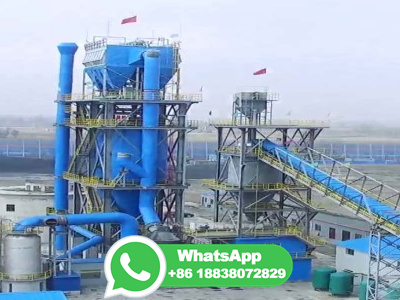
A slight difference of condition between the two cases, however, is that with dry milling the fluid (air) fills the whole of the mill shell not occupied by the balls, whereas with wet milling the liquid occupies only a part of the mill volume not occupied by the solid charge. This difference would be expected to have some slight effect on the ...

The above is the difference between dry ball mill and wet ball mill summarized by Fodamon engineer, and how to choose them. Only by identifying the grinding mode suitable for the materials can the ...
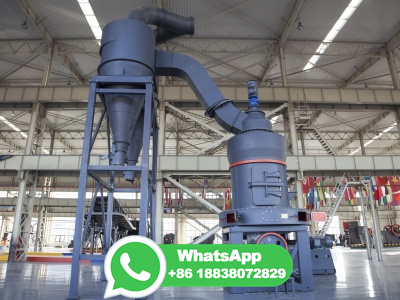
This article provides a comprehensive review of the milling techniques that can be used to improve the solubility of poorly watersoluble drugs, which are a major challenge for pharmaceutical development. The article covers the mechanisms, advantages, limitations and applications of various milling techniques, such as wet media milling, dry media milling, highpressure homogenization, and ...
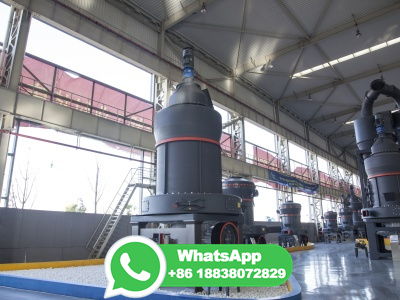
CERAMIC LINED BALL MILL. Ball Mills can be supplied with either ceramic or rubber linings for wet or dry grinding, for continuous or batch type operation, in sizes from 15″ x 21″ to 8′ x 12′. High density ceramic linings of uniform hardness male possible thinner linings and greater and more effective grinding volume.

Dry grinding can help to conserve water in some arid areas. It is possible to operate a dry ball mill. This feature allows you to get the most recent price. Because it is highly adaptability, has a large grinding ratio, and can adjust the fineness of the milling material with ease, wet ball mills are an excellent choice for mill applications ...
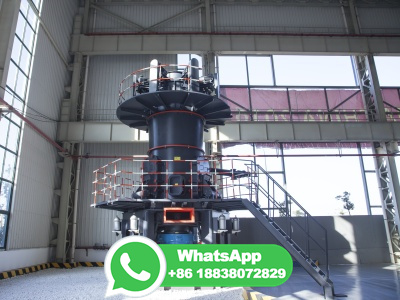
The difference between the two structures is that the outlet of the dry ball mill is a straight cylinder, and there is a ventilation device to exhaust dust, and the outlet of the wet ball mill is ...
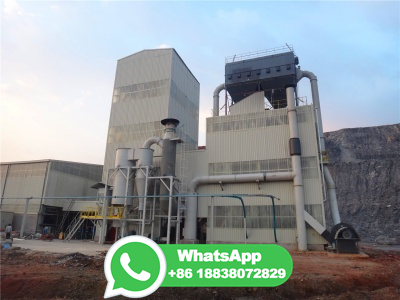
We would like to show you a description here but the site won't allow us.

Dry grinding of grinding mill VS Wet grinding of ball millvideo. Applicable Materials and Industrial Fields. Grinding mill is more used to process the soft nonmetallic materials with Mohs hardness of 5/6 grade and below, and below 6% humidity, such as dolomite, limestone, potassium feldspar, barite, calcite, talc, marble, fluorite, activated ...

A comparative study on wet and dry mechanical ball milling of sawdust biochar showed that ball milling of biochar with water resulted in smaller and more dispersed particles as well as more diverse functional groups than dry ball milling for the same treatment time (12 h) (Yuan et al., 2019). Wet ball milling is a green and laborsaving ...
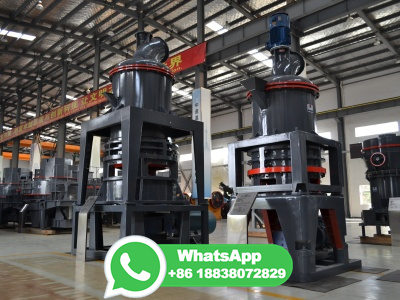
Call us at, contact us or click here to find a rep in your area. In discussions on high energy ball milling, the more generic term "ball mills" is often used in place of the terms "stirred ball mills" or "Attritors," but the differences between the types of mills are quite distinct. And, depending on your application, you may find ...
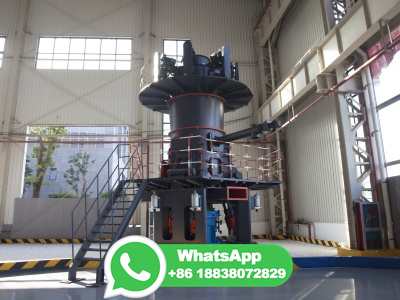
Objectives. At the end of this lesson students should be able to: Explain the grinding process. Distinguish between crushing and grinding. Compare and contrast different type of equipment and their components used for grinding. Identify key variables for process control. Design features of grinding equipment (SAG, BALL and ROD MILLS)
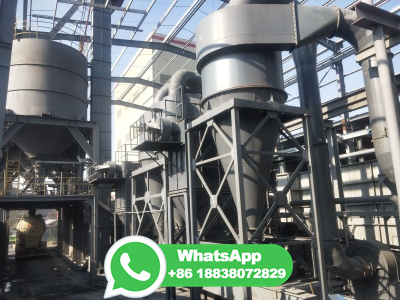
Based on the media, two types of ball milling, namely dry and wet, are classified. As the name suggests, wet milling disperses the material in liquid media to form a slurry, while dry milling relies on particle contact. Although dry and wet milling can both be adapted for various materials, certain restrictions do apply.
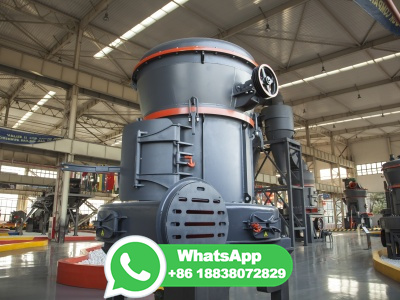
1. The drytype ball mill adopts the grate platetype grinding tail to discharge the material, The wet ball mill has better performance, higher grinding effi...
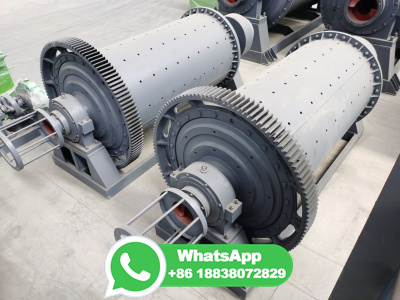
Ball mill is a key device to crush materials after being broken. It is widely used in cement, silicate products, new building materials, refractory, fertilizer, nonferrous metal ore dressing production industries such as ceramics and glass, on a variety of ores and other materials for grinding dry or wet grinding.